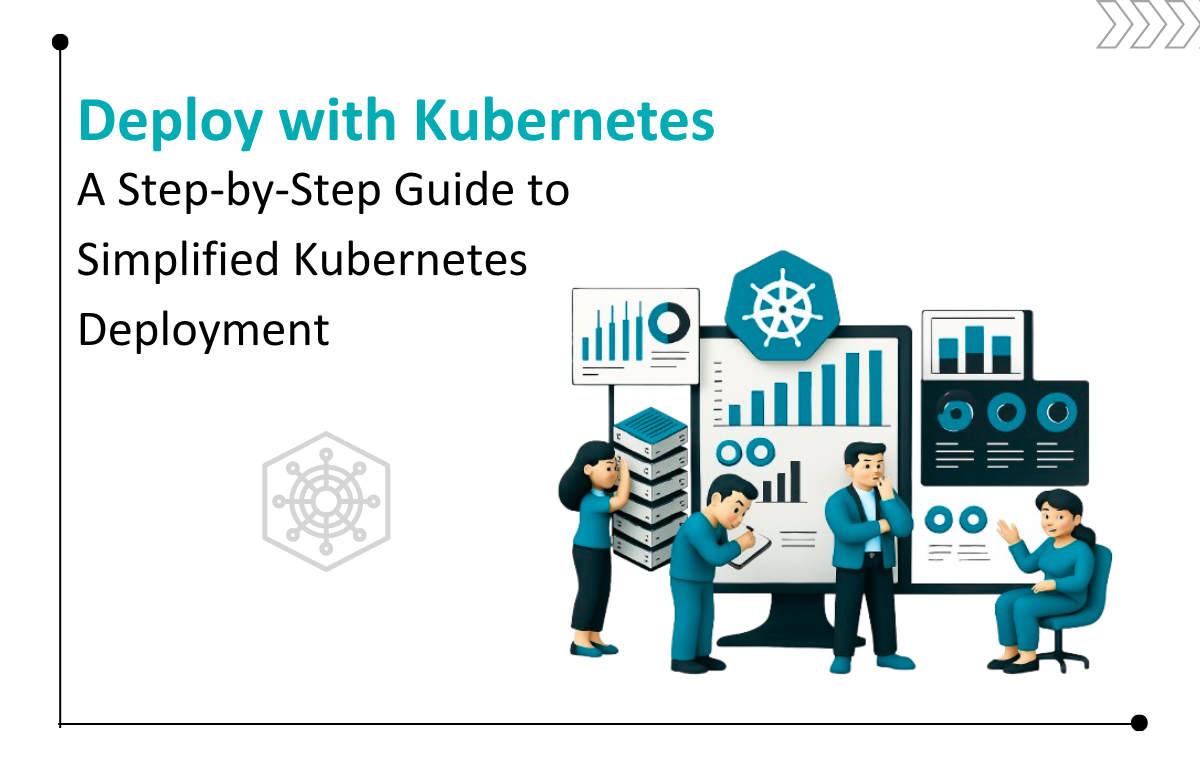
Explore the essentials of Kubernetes deployment, covering monitoring, troubleshooting, and its myriad benefits for scalable, high-availability applications. Learn about tools like Prometheus and commands like kubectl for seamless operations. For an in-depth guide on Kubernetes deployment strategies, check out "The Ultimate Guide to Kubernetes Deployment Strategies," a valuable resource for complementing the insights provided here.
The blog also outlines best practices for resource optimization, security, and efficient deployment processes, making it your go-to guide for mastering Kubernetes and maximizing the advantages of containerization. Welcome to a streamlined journey of efficient and reliable application deployment.
Managing Kubernetes deployments involves crucial elements like monitoring and troubleshooting. Effective monitoring provides insights into application health and performance, preemptively identifying issues.
Kubernetes offers diverse monitoring mechanisms, including metrics collection, logging, and health checks. The API server exposes metrics for cluster health, collected using solutions like Prometheus. This allows customized dashboards and alerting rules.
In addition, Kubernetes facilitates log analysis from applications and infrastructure components. Aggregating logs into centralized systems aids in troubleshooting performance problems and identifying anomalies.
Health checks, or probes, ensure continuous application availability:
Troubleshooting in Kubernetes involves commands like kubectl describe and kubectl logs for inspecting states and retrieving logs. Dedicated tools like kubectl-debug and kube-ops-view provide visual representations for issue resolution.
Effective monitoring and troubleshooting in Kubernetes ensure reliability and performance, with proactive detection and resolution of issues, minimizing downtime and ensuring a seamless user experience.
Kubernetes delivers numerous advantages for deploying and managing applications. It offers:
1. Scalability:
2. High Availability:
3. Efficiency Enhancement:
4. DevOps Integration:
Kubernetes empowers organizations to efficiently deploy applications, providing scalability, high availability, efficiency enhancements, and seamless integration with DevOps processes.
To achieve efficient Kubernetes deployment, following best practices that optimize resource utilization, enhance performance, and improve overall operational efficiency is essential. Here are some essential best practices to consider:
By following these best practices, you can optimize your Kubernetes deployments, improve operational efficiency, and maximize the benefits of containerization.
In conclusion, mastering Kubernetes deployment is crucial for seamless operations in container orchestration. This guide has provided proven strategies and essential tips to elevate your skills. Optimize efficiency, stay informed, and embrace a mindset of innovation to thrive in the dynamic digital landscape.
We at Seaflux are your dedicated partners in the ever-evolving landscape of Cloud Computing. Whether you're contemplating a seamless cloud migration, exploring the possibilities of Kubernetes deployment, or harnessing the power of AWS serverless architecture, Seaflux is here to lead the way.

Business Development Executive